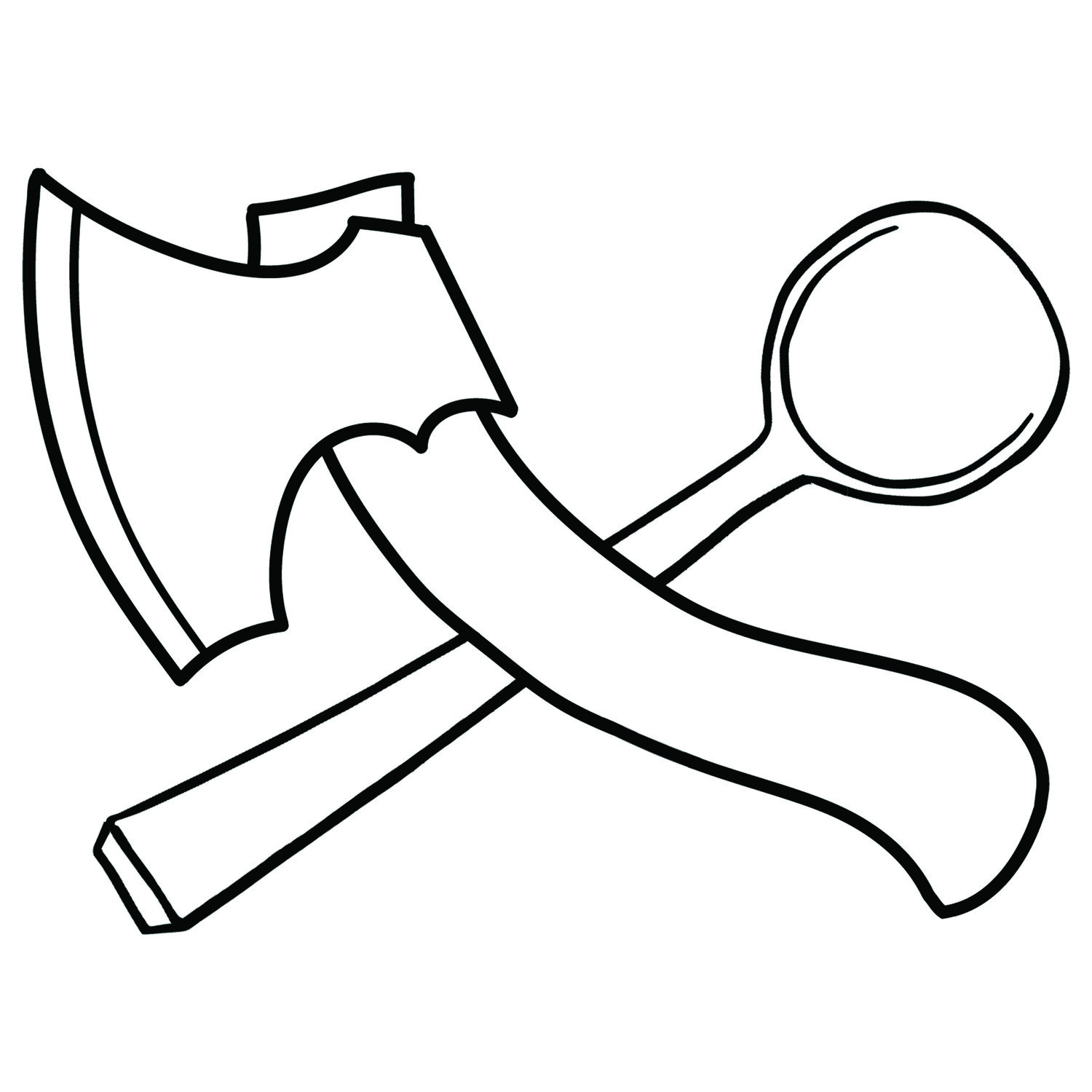My Design Process
The Purpose
The very first thing I start thinking about is the intended purpose of an object. The shape, size and material choice for an object changes dramatically depending on the function of an object. Is a spoon for eating or cooking with? Is a bowl for serving food or drinking? Is a cup for hot or cold drinks? Setting out just trying to make a spoon, a bowl or cup will often result in an inferior product. Function dictates the form.
Inspiration
Spoons mainly made by people other than myself
I own a lot of woodenware made by other people. I read books on craft, design and making. I’ve hung out with and carved alongside many makers. I follow them on Instagram and currently have about 1,300 images of spoons, 350 images of hewn bowls and 200 images of turned work saved on Pinterest pages.
It’s incredibly important to have broad understanding of shapes and forms that not only work, but are aesthetically pleasing too. Be comfortable with finding a design you like and copying it. Craft has a long tradition of copying designs as a way for makers to better understand how to make different shapes and forms. I am always conscious in the copying; trying to make it as exact to the original as possible. I’m copying that work because there’s something about it that caught my interest. Trying to ‘make it my own’ too soon risks missing the piece of the puzzle that interested me. If I decide to share this work, it’s essential to cite the sources.
Building up a broad knowledge base of shape and form took time. It’s an ongoing process that really has no end, but I feel that I now have a good understanding of what might work without having to do as much research into existing vessels and utensils that fill the function I’m trying to perform.
The Design
With a new product I usually start with drawing out designs. It’s a lot quicker to sketch out a shape to get a rough understanding of how it looks than to carve a piece and then judge it. I tend to do a lot of sketches to narrow in on a form I think might work. No guarantee it will work, as translating a 2-D sketch into a 3-D object is a big jump. With the sketches I usually have a shape or design feature in mind already. Sketching allows me to see what works and what can be improved. Perhaps the handle of a spoon looks good but the width of the bowl needs tweaking. I can copy over the elements I think work and adjust those that don’t.
The Wood
I can’t make something if I don’t have the right material for it. Some objects, like bowls, require wood of a certain diameter. Other objects, like ladles, need wood of a certain shape. I’m fortunate to know a couple of local tree surgeons as well as local friends tipping me off about available wood. As much as possible I want to select the right piece of wood for the work I have in mind. Bark inclusions, knots, ring shake - wood has many hidden ways to interrupt our plans. Instead of trying to make a stubborn piece work, these days I’d much rather discard it and find a more cooperative section of wood to work with.




